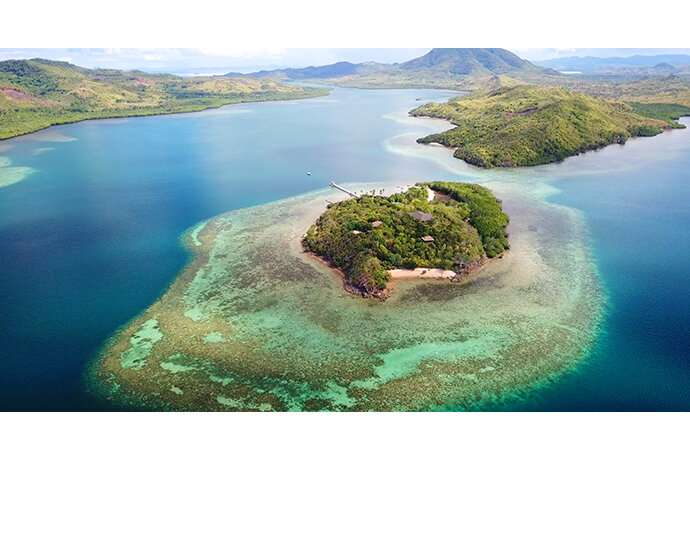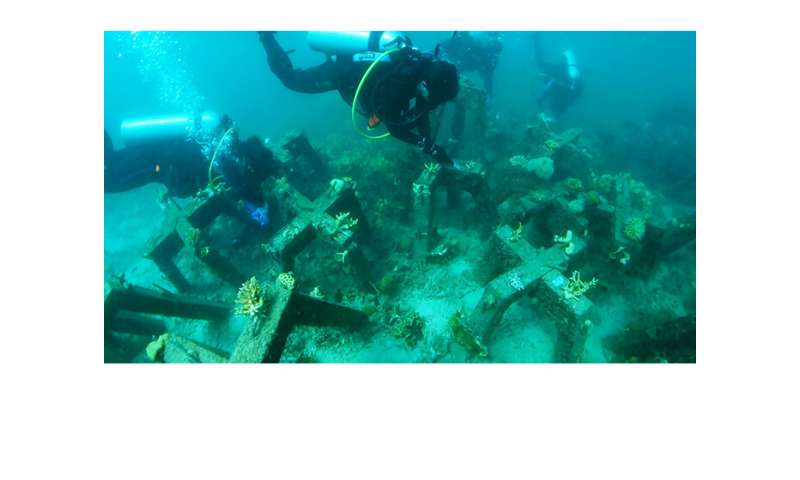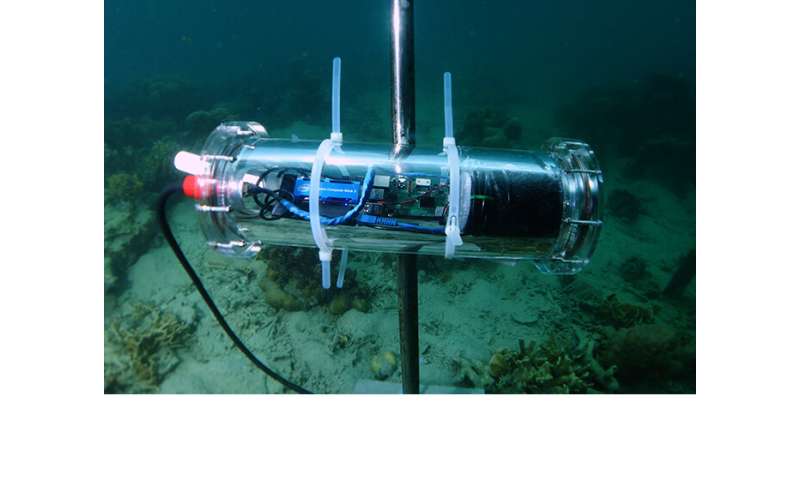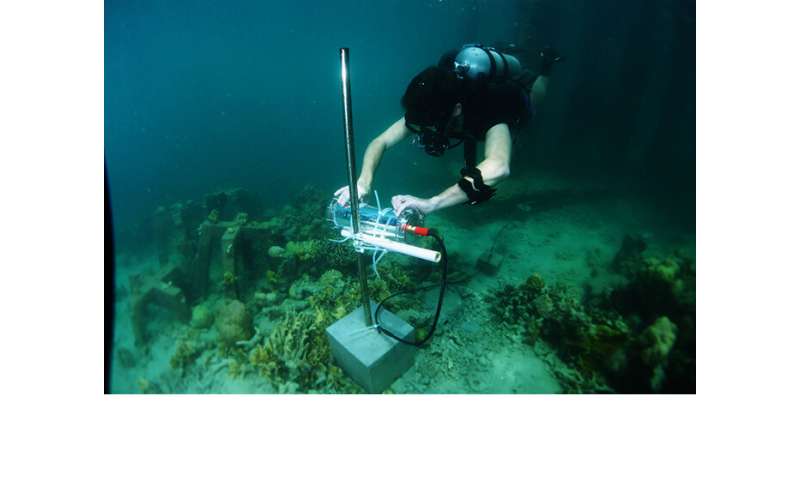Using artificial intelligence to save coral reefs

Today, on Earth Day 2020, Accenture, Intel and the Sulubaaï Environmental Foundation announced Project: CORaiL, an artificial intelligence (AI)-powered solution to monitor, characterize and analyze coral reef resiliency. Project: CORaiL was deployed in May 2019 to the reef surrounding Pangatalan Island in the Philippines and has collected about 40,000 images, which have been used by researchers to gauge reef health in real time.
"Project: CORaiL is an incredible example of how AI and edge technology can be used to assist researchers with monitoring and restoring the coral reef. We are very proud to partner with Accenture and the Sulubaaï Environmental Foundation on this important effort to protect our planet," said Rose Schooler, Intel corporate vice president in the Sales and Marketing Group
Coral reefs are among the world's most diverse ecosystems, with more than 800 species of corals providing habitat and shelter for approximately 25% of global marine life. Coral reefs are also extremely beneficial to humans: They protect coastlines from tropical storms, provide food and income for 1 billion people, and generate $9.6 billion in tourism and recreation each year. But according to the United Nations Environment Programme, coral reefs are endangered and rapidly degrading due to overfishing, bottom trawling, warming temperatures and unsustainable coastal development.
"Artificial intelligence provides unprecedented opportunities to solve some of society's most vexing problems," said Jason Mitchell, a managing director in Accenture's Communications, Media & Technology practice. "Our ecosystem of corporate and social partners for this "AI for social good' project proves that there is strength in numbers to make a positive environmental impact."
-

An artificial concrete reef to provide support for unstable coral fragments underwater is installed by Accenture, Intel and Sulubaaï Environmental Foundation in the coral reef surrounding Pangatalan Island in the Philippines. Credit: Accenture -

An intelligent underwater video camera to detect, photograph and classify fish helps Accenture, Intel and Sulubaaï Environmental Foundation make data-driven decisions for restoring the coral reef surrounding Pangatalan Island in the Philippines. Credit: Accenture -

An intelligent underwater video camera to detect, photograph and classify fish helps Accenture, Intel and Sulubaaï Environmental Foundation make data-driven decisions for restoring the coral reef surrounding Pangatalan Island in the Philippines. Credit: Accenture
The abundance and diversity of fish serve as an important indicator of overall reef health. Traditional coral reef monitoring efforts involve human divers either directly collecting data underwater or manually capturing video footage and photos of the reef to be analyzed later. Those methods are widely trusted and employed, but they come with disadvantages: Divers can interfere with wildlife behavior and unintentionally affect survey results, and time underwater is limited as divers can often only take photos and video for around 30 minutes.
Engineers from Accenture, Sulubaaï and Intel combined their expertise for Project: CORaiL with the goal of helping researchers restore and supplement the existing degraded reef in the Philippines. First, they built a Sulu-Reef Prosthesis, a concrete underwater platform designed by Sulubaaï to provide strong support for unstable coral fragments. The Sulu-Reef Prosthesis incorporates fragments of living coral within it that will grow and expand, providing a hybrid habitat for fish and marine life. Then, they strategically placed intelligent underwater video cameras, equipped with the Accenture Applied Intelligence Video Analytics Services Platform (VASP) to detect and photograph fish as they pass. VASP uses AI to count and classify the marine life, with the data then sent to a surface dashboard, where it provides analytics and trends to researchers in real time, enabling them to make data-driven decisions to protect the coral reef.
"The value of your data depends on how quickly you can glean insights to make decisions from it," said Athina Kanioura, Accenture's chief analytics officer and Accenture Applied Intelligence lead. "With the ability to do real-time analysis on streaming video, VASP enables us to tap into a rich data source—in effect doing 'hands on' monitoring without disrupting the underwater environment."
Engineers are at work on the next-generation Project: CORaiL prototype, which will include an optimized convolutional neural network and a backup power supply. They are also considering infrared cameras, which enable nighttime video capture to create a complete picture of the coral ecosystem. Additional uses could include studying the migration rate of tropical fish to colder waters and monitoring intrusion in protected or restricted underwater areas.
Provided by Intel




















